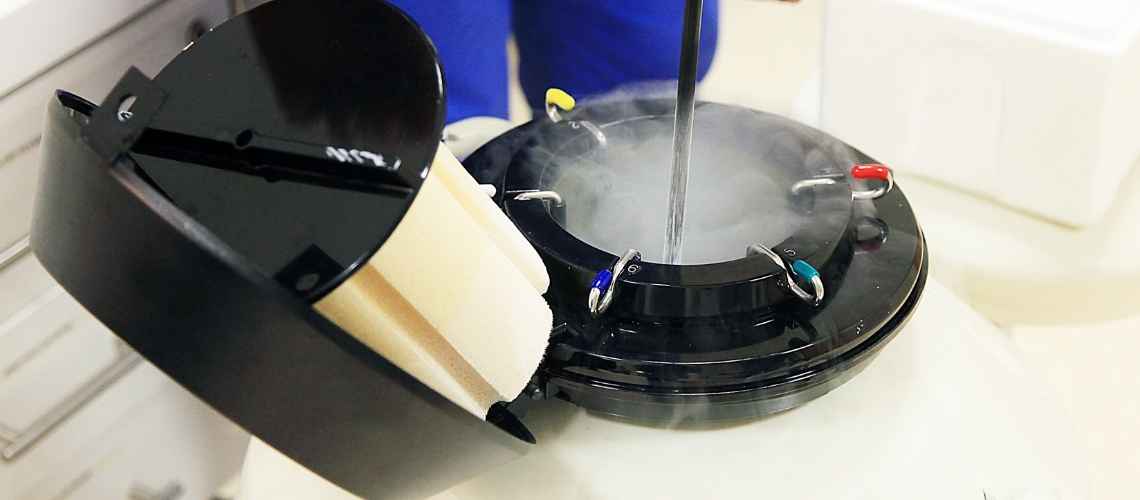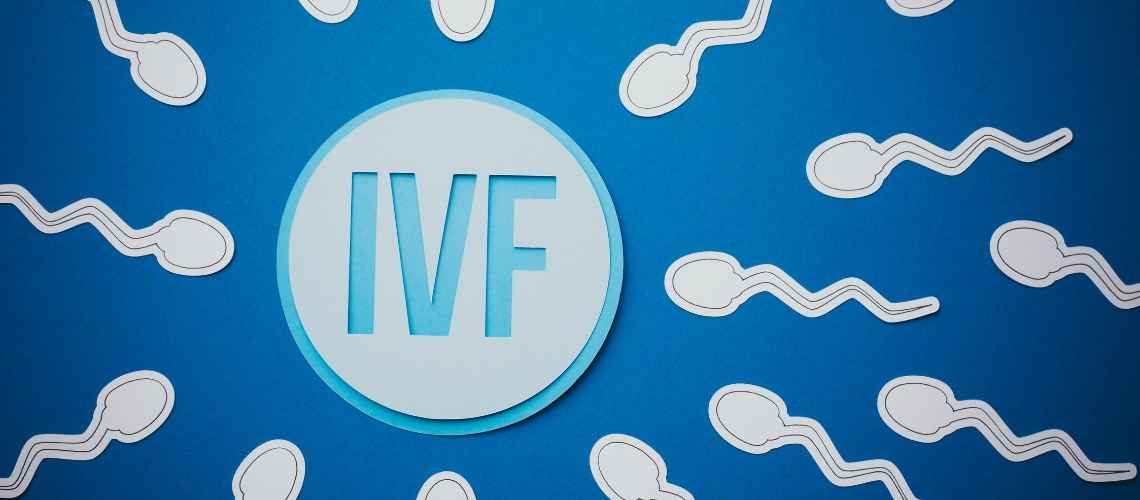Fibroids are relatively harmless growths of smooth muscle cells and fibrous connective tissue that can form in and around the uterus. Although the growths are typically not dangerous, they occasionally have a significant effect on a woman’s ability to become pregnant.
Fortunately, fibroids typically have no impact on fertility. Your fertility expert can simply keep an eye on the size and growth of the baby if you’re attempting to get pregnant.
What causes fibroids?
Although the actual etiology of fibroids is unknown, the time they first develop in a woman’s life is very telling. They often don’t show up until a woman has her first ovulation, and once she enters menopause, they stop growing.
This suggests that the sex hormones progesterone and estrogen are probably involved in their development.
Who is most likely to get fibroids?
The majority of women who have fibroids are those who are close to menopause. This is a result of their extended exposure to higher estrogen levels than younger women.
But there are additional things that can make you more likely to get fibroids.
These include:
- Menstruating for the first time at a young age
- Being overweight
- Having diabetes
- Having polycystic ovarian syndrome (PCOS)
- Having hypertension (high blood pressure)
According to recent studies, genetic factors may also be associated. Consequently, fibroids may run in families. As a result, you are more likely to get fibroids if your mother or grandmother did. (1)
Do Fibroids Need To Be Treated?
It is important to check for fibroids in women who are having trouble getting pregnant or who have experienced two or more miscarriages. The best methods for detecting fibroids include a pelvic exam, pelvic ultrasound, and especially a sonohysterosalpingogram.
Considering that intrauterine fibroids contribute to reproductive difficulties, minimally invasive surgical techniques can be applied using hysteroscopic resection. To remove big intramural fibroids, laparoscopic surgery through a small abdominal incision or myomectomy may be necessary.
In order to give the uterus time to recover, the woman should wait three months to try to get pregnant after having laparoscopic surgery or making an abdominal incision. All subsequent pregnancies must be delivered with cesarean section.
Pregnancy can be attempted in the cycle after surgery if fibroids can be removed hysteroscopically without difficulties, and a vaginal delivery can then be anticipated. (2)
Can fibroids affect my fertility?
In most cases, fibroids do not affect your fertility. However, it’s a good idea to visit a fertility specialist to have your uterus checked for fibroids if you’re trying to get pregnant and have encountered one or more of the aforementioned symptoms. Your fertility may be impacted by fibroids, depending on their size and location.
The embryo that is produced when the sperm fertilizes the egg usually travels to your uterus. However, if the fibroids are posing issues, the embryo can attempt to implant itself on top of the growth. Alternatively, it might have trouble settling in the uterus because fibroids may have altered its form. Your ability to conceive may not be significantly affected by your fibroids if they don’t impact the lining of your uterus.
Minor surgery might be required to remove the fibroids if they are in the cavity and your doctor determines that they are preventing you from getting pregnant. Once it’s removed, you can talk about the most effective methods for getting pregnant. You might need more assistance or have a natural conception. In this case, IUI (Intrauterine Insemination) or the more effective IVF may be the best option. (3)
Does IVF increase risk of fibroids?
There is some evidence to suggest that IVF treatment may increase the risk of fibroids, although more research is needed to fully understand the relationship between the two.
The exact cause of fibroids is unknown, but they are thought to be influenced by hormones like estrogen and progesterone.
IVF treatment involves stimulating the ovaries to produce multiple eggs, which are then fertilized in the laboratory and transferred to the uterus. This process can lead to higher levels of hormones in the body, including estrogen and progesterone. Some studies have suggested that higher levels of estrogen may increase the risk of fibroids, although the evidence is not conclusive.
It is important to note that not all women who undergo IVF treatment will develop fibroids, and the risk may vary depending on individual factors such as age, medical history, and lifestyle. Women who are concerned about their risk of fibroids should talk to their healthcare provider, who can provide personalized advice and recommendations based on their individual circumstances.
In short, while there is some evidence to suggest that IVF treatment may increase the risk of fibroids, more research is needed to fully understand the relationship between the two. Women who are concerned about their risk of fibroids should talk to their healthcare provider.
How can I manage fibroids before IVF?
Managing fibroids before undergoing In Vitro Fertilization (IVF) is crucial for enhancing the chances of a successful pregnancy. Firstly, it is essential to understand that Gonadotropin-Releasing Hormone (GnRH) agonists and antagonists play a significant role in this process. These drugs work by reducing estrogen levels, leading to a temporary reduction in fibroid size. Consequently, this can enhance the implantation rates during IVF. Furthermore, for those dealing with larger or more problematic fibroids, surgical intervention may be necessary. A myomectomy, which involves the removal of fibroids while leaving the uterus intact, can be a viable option. This approach aims to eliminate the physical barriers fibroids may pose to embryo implantation. Lastly, Uterine Fibroid Embolization (UFE) offers a minimally invasive alternative.
- By embolizing the arteries supplying the fibroids, UFE causes them to shrink, potentially improving IVF outcomes.
Additionally, patients should regularly consult with their healthcare provider to tailor a treatment plan that best suits their individual needs. Therefore, addressing fibroids before IVF is a multi-faceted approach that involves medical, surgical, and minimally invasive strategies to optimize fertility outcomes.
Source:
Pritts, E. A., Parker, W. H., & Olive, D. L. (2009). Fibroids and infertility: an updated systematic review of the evidence. Fertility and sterility, 91(4), 1215-1223.





